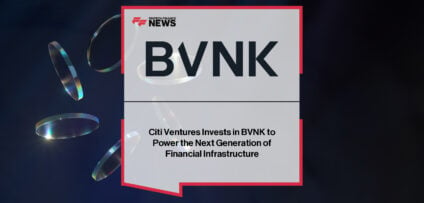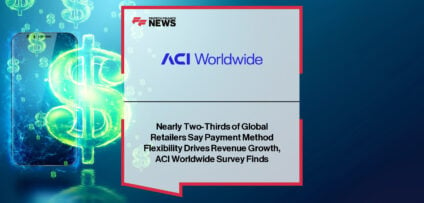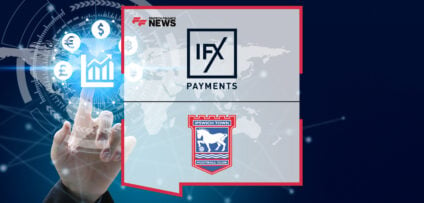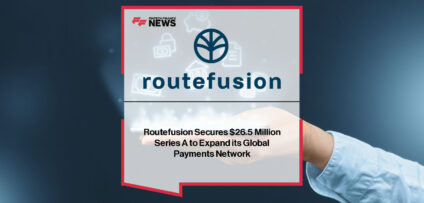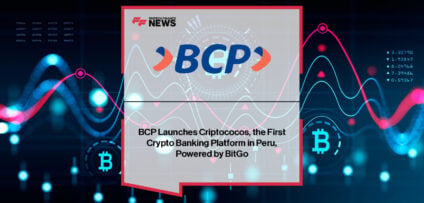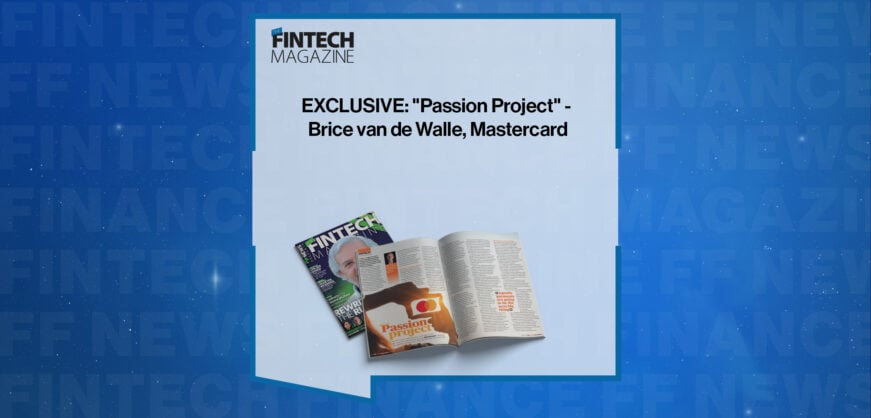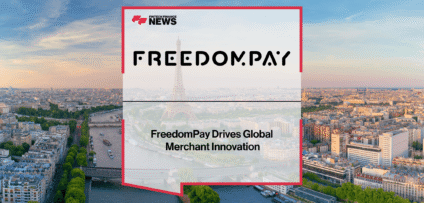Breaking News

Revamping Business Funding with Blockchain Technology
Crowdfunding is one way in which the invention of the Internet has brought about a massive
shift in the funding landscape. “Crowdfunding offers the potential for a radical evolution of our
largely institutional framework for allocating capital, through foundations, funds, and banks to a
more individually driven and direct investment framework.” 1 Companies can now use non-
traditional means to acquire much needed capital. As such, the number of options available to a
start-up company to acquire funding has multiplied. An influx of investors has come through
these new and easy to use channels but with all these different options, some are inherently
better than others.
A successful funding source must be beneficial for both the investor and entrepreneur. Currently
the traditional options are good for some, but are not a one-size- fits-all solution.
Debt vs. Equity
In general, the funding sources available to start-ups are classified as either debt or equity. Debt
is granted in the form of a bank loan and does not require the loanee to give up ownership.
However, there is massive risk for the entrepreneur because these funds must be paid back in
the event of a default. In order to obtain a loan, the company must be generating constant
revenue and will require personal guarantees if they have no physical collateral.
Equity will generally come in the form of a venture capitalist (VC). Here, a wealthy individual will
invest in a company for a certain percentage of shares. In the event of a default the
entrepreneur takes on less risk as repayment is not required, but the risk for the VC is massive
because their investment will be rendered worthless. The downside for the entrepreneur is that
one loses full control of the direction of their company with this model. In order to realize their
initial investment, the VC will have a constantly changing exit strategy.
Revamping Business Funding
Corl seeks to change this dynamic by utilizing the revenue sharing model or as they call it
“dequity.” In the revenue sharing model, aspects of both debt and equity are used to decrease
risk while increasing the upside for both the investor and the entrepreneur. In this model, an
entrepreneur will enter into an agreement where Corl will provide them with funding in exchange
for monthly revenue repayments. These payments will continue until 1.5 to 2.5 times the initial
investment is paid. This allows the company to grow on its own terms because the repayment
term is flexible. The model is more beneficial for the entrepreneur because they do not have to
sacrifice ownership or take on the same risks associated with a bank loan. In the event of a
default, Corl would still be paid back first as they are still technically a debtor. For the investor,
this strategy is advantageous because they cover themselves from exposure through monthly
payments and still get a sizable return on investment.
Corl is striving to make this process as painless as possible for both the investor and the early-
stage company. To receive funding, an early-stage company will use the Corl Business Platform
to apply. Corl will then rigorously vet the company and decide whether to enter into a revenue
sharing agreement with them.
Similarly, investors will use the Corl Investor Platform to become verified and Corl will determine
the individual’s investment level based upon predetermined income and net worth criteria. After
verification, users will utilize smart contracts run on the Ethereum blockchain to invest in Corl in
return for Corl Tokens. These are treated the same as stocks, meaning the investor will have
equity in Corl. Corl will use these funds for their revenue sharing agreements. This dynamic new
system will make it easier for investors and start-ups to meet the work required to link the
investor with the start-up.
In return for holding their Corl Tokens, investors will receive quarterly dividends in the form of
Ether. During set-up, the investor will provide an Ethereum address, which will be where their
ERC20 Corl Tokens will be held. Additionally, this address is where their Ether dividends will be
sent. By using blockchain technology, Corl will greatly simplify the process of dividend
distribution.
Providing Different Funding Options To Early-Stage Companies
In addition to solving the issues associated with traditional debt and equity forms of funding,
Corl provides solutions to many investment options that are available to lesser-known start-ups.
Often, new companies do not have equal opportunities available to them. For example, they
may have an incredible product, but do not have the ability to take out bank loans or seek out
the right Venture Capitalist. For these entrepreneurs, their funding options are localized.
Although they can try avenues that can successfully crowdfund (like Self-Funding, Investments
by Family and Friends, Bootstrapping etc.), many of these have strict prerequisites.
With self-funding, an entrepreneur must have a decent amount of savings or high credit limits to
keep their project alive. The major issue is that if the company fails, the entrepreneur would be
financially ruined. They are essentially rolling the dice. Corl solves this issue by providing the
company with an alternative. Family and friends can be a viable option for young companies
because those around the project are most likely to believe in it—- if a company is successful,
this form of funding would benefit the entire network. On the flip side, relationships could be
seriously strained if the company was to go under. Mixing family and business is rarely a good
idea and Corl’s revenue sharing agreements will avoid the need for this type of funding. Corl’s
agreements also capture the benefit of flexible repayment timeframes that are associated with
loans from family and friends.
One form of organic growth is Bootstrapping. This is using business revenue and internal cash
flow to fund itself. The major advantage of bootstrapping is that the entrepreneur does not lose
equity, but this is assuming that the company will be initially profitable. As we have seen with
Amazon and other tech companies, profitability doesn’t always come immediately. In fact Tesla
did not have a profitable quarter for its first decade of business. 2
In recent years, crowdfunding has been a successful tool for new companies to acquire capital.
Traditionally, crowdfunding has traded rewards for funds, but times are changing and people are
more willing to sink large sums of money in exchange for equity. Only ideas with products that
directly benefit the investor will receive funding. Additionally, a successful crowdfunding project
assumes that the company has the marketing resources to get the word out. With Corl,
marketing the fundraising is not necessary because once a company applies, Corl will
automatically consider them for a revenue sharing agreement.
Corl is revolutionizing the funding landscape as we know it by utilizing revenue sharing
agreements and blockchain technology to connect investors with young companies. Revenue
sharing will provide both the investor and entrepreneur with a harmonious balance of greater
reward with less risk. To find out more about Corl and to read their whitepaper, please visit
http://crltoken.corl.io/whitepaper.
References
1) http://www.infodev.org/infodev-files/wb_crowdfundingreport- v12.pdf
2) https://www.wired.com/2013/05/tesla-profit- q1-2013/
- EXCLUSIVE: “Passion Project” – Brice van de Walle, Mastercard in ‘The Fintech Magazine’ Read more
- FreedomPay Drives Global Merchant Innovation Read more
- FIS Brings AI-Powered Advancements to Seamless, Personalized Digital Banking Experiences Read more
- Citi Ventures Invests in BVNK to Power the Next Generation of Financial Infrastructure Read more
- Nearly Two-Thirds of Global Retailers Say Payment Method Flexibility Drives Revenue Growth, ACI Worldwide Survey Finds Read more




